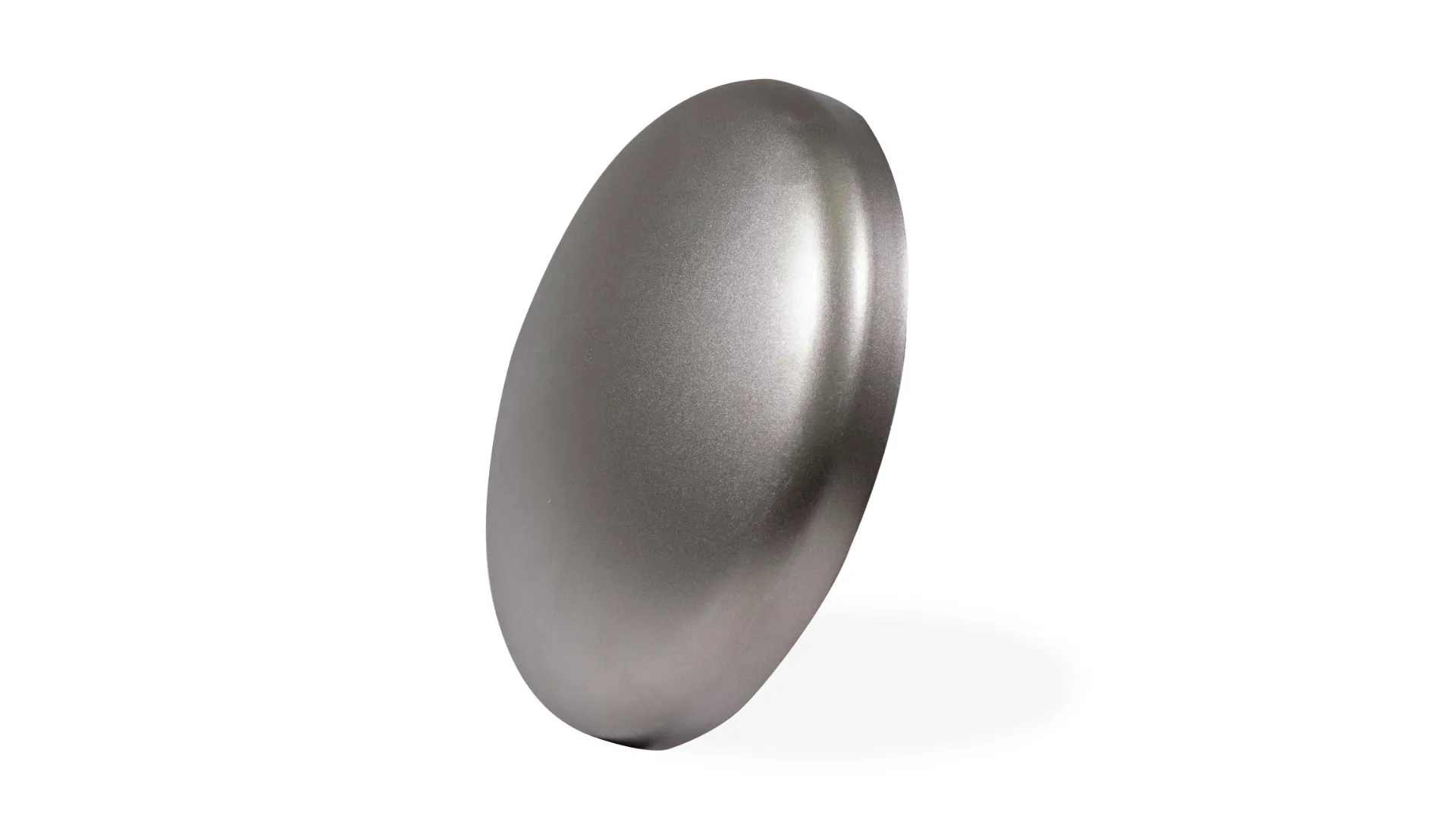-
Cangzhou Yulong Steel Co., Ltd.
-
Phone:
+86 13303177267 -
Email:
admin@ylsteelfittings.com
- English
- Arabic
- Italian
- Spanish
- Portuguese
- German
- kazakh
- Persian
- Greek
- French
- Russian
- Polish
- Thai
- Indonesian
- Vietnamese
- Zulu
- Korean
- Uzbek
- Hindi
- Serbian
- Malay
- Ukrainian
- Gujarati
- Haitian Creole
- hausa
- hawaiian
- Hebrew
- Miao
- Hungarian
- Icelandic
- igbo
- irish
- Japanese
- Javanese
- Kannada
- Khmer
- Rwandese
- Afrikaans
- Albanian
- Amharic
- Armenian
- Azerbaijani
- Basque
- Belarusian
- Bengali
- Bosnian
- Bulgarian
- Catalan
- Cebuano
- China
- China (Taiwan)
- Corsican
- Croatian
- Czech
- Danish
- Esperanto
- Estonian
- Finnish
- Frisian
- Galician
- Georgian
- Kurdish
- Kyrgyz
- Lao
- Latin
- Latvian
- Lithuanian
- Luxembourgish
- Macedonian
- Malgashi
- Malayalam
- Maltese
- Maori
- Marathi
- Mongolian
- Myanmar
- Nepali
- Norwegian
- Norwegian
- Occitan
- Pashto
- Dutch
- Punjabi
- Romanian
- Samoan
- Scottish Gaelic
- Sesotho
- Shona
- Sindhi
- Sinhala
- Slovak
- Slovenian
- Somali
- Sundanese
- Swahili
- Swedish
- Tagalog
- Tajik
- Tamil
- Tatar
- Telugu
- Turkish
- Turkmen
- Urdu
- Uighur
- Welsh
- Bantu
- Yiddish
- Yoruba

Nov . 06, 2024 00:13 Back to list
API 5L Specification Overview for Pipeline and Line Pipe Standards
Understanding API 5L Specification An Overview for Industry Professionals
The API 5L specification is a standard developed by the American Petroleum Institute (API) that outlines the requirements for the manufacturing of line pipes intended for use in the transportation of oil and gas. This specification is crucial for ensuring the quality and consistency of pipes used across the energy sector, impacting everything from drilling operations to the distribution of natural gas.
The API 5L specification was first introduced in the early 20th century and has since undergone several revisions to adapt to the evolving needs of the oil and gas industry. Each revision addresses technological advancements, material innovations, and safety considerations, ensuring that the standard remains relevant in an ever-changing environment. The latest edition, API 5L 46th Edition, reflects significant improvements in pipe design, manufacturing processes, and testing methodologies.
Key Components of API 5L
The API 5L specification covers various grades of pipeline steel, which are categorized based on their yield strength, tensile properties, and impact toughness. The two main categories of grades outlined in the specification are
- API 5L X Grades These grades are designed for high-strength applications and are denoted by 'X' followed by a number, which indicates the minimum yield strength in ksi. For example, X42 has a minimum yield strength of 42,000 psi. - API 5L Specifications This section includes mechanical properties, chemical composition, and additional requirements like toughness, which are necessary for specific environments, including sour service conditions that could lead to the deterioration of the pipe material.
Manufacturing Processes
Manufacturers of API 5L pipes must adhere to strict guidelines during production, which include the following processes
1. Material Selection The choice of raw materials is vital, as they must meet specific chemical composition standards set forth in the API 5L specification. This ensures that the steel pipes possess the required strength and corrosion resistance.
api 5l spec

2. Forming Processes Pipes can be produced via various methods, such as seamless and welded processes. Seamless pipes are made by extruding the steel, while welded pipes are constructed from flat plates rolled and welded into a cylindrical shape. The choice of manufacturing process often depends on the required pipe diameter and wall thickness.
3. Heat Treatment To achieve the desired mechanical properties, heat treatment processes like normalizing, quenching, and tempering are utilized. These processes enhance the toughness and strength of the steel, ensuring that it can withstand the demanding conditions of pipeline operations.
4. Testing and Inspection API 5L establishes rigorous testing standards to verify the quality and integrity of the pipes before they are put into service. Common tests include non-destructive testing (NDT), which helps detect any internal or external defects, as well as hydrostatic testing to confirm the pipe's strength under pressure.
Applications
API 5L pipes are predominantly used in the construction of pipelines for transporting gas and oil over long distances. Their robustness and reliability make them suitable for high-pressure applications and various environmental conditions, including extreme temperatures and corrosive atmospheres.
Moreover, beyond transportation, these pipes are also utilized in various industrial applications, including structural uses in buildings and infrastructure projects.
Conclusion
In summary, the API 5L specification plays a pivotal role in the energy sector, ensuring that line pipes meet stringent quality and safety standards. With ongoing revisions and improvements, API 5L remains essential for manufacturers and operators in the oil and gas industry, facilitating the safe and efficient transfer of resources. Understanding the intricacies of this specification can help industry professionals make informed decisions, ensuring the longevity and reliability of pipeline systems. As the markets and technologies evolve, adherence to API 5L standards will continue to be paramount in the pursuit of excellence in construction and operation of pipeline infrastructures.
Latest news
-
ANSI 150P SS304 SO FLANGE
NewsFeb.14,2025
-
ASTM A333GR6 STEEL PIPE
NewsJan.20,2025
-
ANSI B16.5 WELDING NECK FLANGE
NewsJan.15,2026
-
ANSI B16.5 SLIP-ON FLANGE
NewsApr.19,2024
-
SABS 1123 FLANGE
NewsJan.15,2025
-
DIN86044 PLATE FLANGE
NewsApr.19,2024
-
DIN2527 BLIND FLANGE
NewsApr.12,2024
-
JIS B2311 Butt-Welding Fittings LR/SR 45°/90° /180°Seamless/Weld
NewsApr.23,2024











